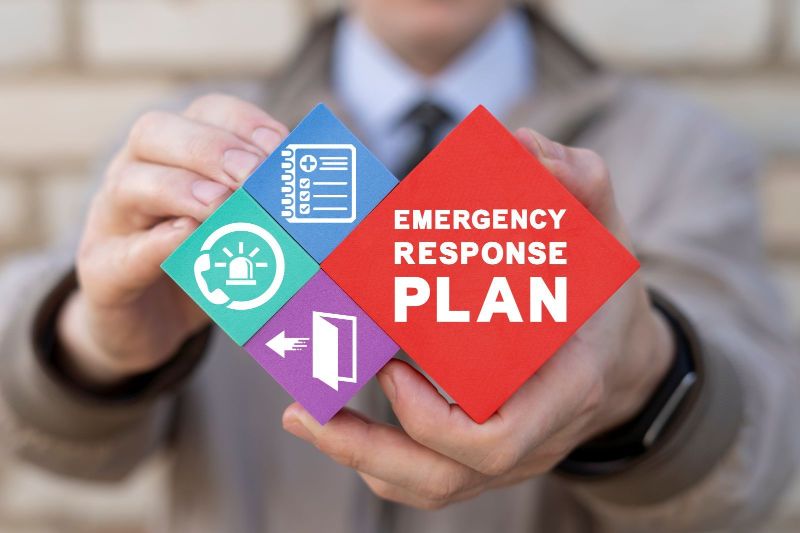As an emergency disaster restoration company, we have seen firsthand the devastating effects that natural disasters can have on homes and businesses. From flooding to fires, hurricanes to earthquakes, disasters can strike at any time and without warning. That's why it's so important to have a disaster response plan in place before disaster strikes.
A disaster response plan is a comprehensive strategy for how your organization will respond in the event of a disaster. It outlines the steps you will take to protect your employees, your property, and your customers, as well as how you will communicate with stakeholders and get your business back up and running as quickly as possible.
Here are just a few of the reasons why having a disaster response plan is so important:
It can save lives.
In the event of a disaster, every second counts. A well-designed disaster response plan can help you evacuate your building safely and quickly, ensuring that all employees and customers get out of harm's way. It can also provide guidance on how to administer first aid or medical attention if necessary.
It can protect your property.
Disasters can cause extensive damage to your property, including water damage, fire damage, and structural damage. A disaster response plan can help you take steps to minimize damage and protect your property, such as shutting off utilities, boarding up windows, and moving valuable equipment or inventory to a safe location.
It can minimize downtime.
After a disaster, your business may be forced to shut down temporarily while repairs are made. This can result in lost revenue, lost customers, and damage to your reputation. A disaster response plan can help you get back up and running as quickly as possible, minimizing the impact on your business.
It can reduce costs.
The cost of repairing damage from a disaster can be astronomical, especially if you don't have insurance or if your insurance doesn't cover all of the damage. A disaster response plan can help you take steps to minimize damage, which can ultimately reduce repair costs.
It can provide peace of mind.
Knowing that you have a comprehensive disaster response plan in place can give you and your employees peace of mind. It can help you feel confident that you're prepared for whatever comes your way, and that you have a plan for how to respond.
So, what should your disaster response plan include? Here are a few key components:
Evacuation procedures: A clear plan for how to evacuate your building safely and quickly, including designated meeting places and procedures for accounting for all employees.
Communication plan: A strategy for how to communicate with employees, customers, suppliers, and other stakeholders during and after a disaster, including backup communication methods in case primary methods are unavailable.
Emergency supplies: An inventory of emergency supplies you'll need in the event of a disaster, such as first aid kits, flashlights, and batteries.
Recovery plan: A plan for how you'll get your business back up and running after a disaster, including steps for assessing damage, prioritizing repairs, and communicating with insurance providers and other stakeholders.
It's important to note that a disaster response plan isn't a one-time task. It should be regularly reviewed and updated to ensure that it remains relevant and effective. You should also conduct drills and training exercises to ensure that everyone knows what to do in the event of a disaster.
At our emergency disaster restoration company, we've seen the devastating effects of disasters on homes and businesses. That's why we believe so strongly in the importance of having a comprehensive disaster response plan. If you don't have one in place yet, we encourage you to start working on one today. It could make all the difference in the event of a disaster.

